Welcome, friends! Below are resources for teaching the Kindness Curriculum.
Looking for a new or different resource? Please contact me. I’m happy to help. Deep thanks for what you do!
Growing Friendship Wish
May all I think, say, and do, not hurt anyone and help everyone. This is a simple yet heartfelt wish for classrooms, families, and communities. Children have fun with both the words and the signs. It’s a way to embody mindfulness and kindness. While learning the sign language, it’s helpful to watch and practice. No need to get things “just right.” Allow for imperfection, laughter, and play.
Breathing in, breathing out
In Lesson 4, the kids experience belly buddies for the first time. The CD, Calm Down Boogie, is no longer in print, so isn’t part of your materials. The most important song is “Breathing In, Breathing out.” Here’s the audio for you to play:
Sounds on the Farm
Lesson 5 includes a “listening walk.” Included below is a 2-minute track filled with farm-animal sounds. The bell rings two different times, inviting the kids to “freeze.” At the end, the bell sounds three times to invite kids back to the circle, where they can share what animals sounds they heard. (This audio is a replacement for the “Sounds on the Farm” song referenced in the KC booklet, but which isn’t in your materials.)
Caring Song/Phrase
May you be happy. May you be peaceful. May you be filled with love. The “Caring” song needn’t be sung. It can be spoken. The words hold an important message, for children and adults. While learning the sign language, it’s helpful to watch and practice. No need to get things “just right.” Allow for imperfection, laughter, and play.
Mind-Jar Recipe
Experiment with this recipe. It’s not an exact science. Add more glycerin/clear-glue if you want the glitter to settle slowly; add less glycerin/clear-glue if you want the glitter to settle quickly. Try different colors and kinds of glitter. Let yourself and the kids play and experiment.
Ingredients
Clear plastic bottle/jar, 5-10 ounces (shop around at craft stores or save Gatorade or water bottles)
Glitter: regular glitter, white or iridescent glitter (for extra shimmer), and/or extra-fine colored glitter
Vegetable glycerin (in craft stores or on Amazon); alternatively, you can use clear glue
Clear liquid dish soap (helps the glitter settle)
Super glue
Instructions
Fill jar 1/4 full with glycerin or clear glue.
Add 1 heaping tsp. course/regular glitter, 1/2 tsp. white glitter, 1 tsp. extra fine glitter (use more glitter if using a bottle larger than 5 ounces). It’s fine to change the amounts based on the glitter you choose.
Add water to the top. (Warm water is helpful, if you use clear glue, as it keeps the glitter from clumping.)
Add 1-2 drops of dish soap.
Put the cap on the bottle and shake it up. Add more glitter as needed.
Use super glue around the rim to seal the cap. (Include the child’s name or initials on the top.)
Mindfulness for families website
Looking for an extra resource for your families? Miriam and I created a Mindfulness for Families website, which includes family activities and adult mindfulness practices that accompany the Kindness Curriculum. Please share freely!
Guided Practices (for YOU)
10-minute meditations
You can find more meditations (different types and length) on my meditation page.
Everyday Awareness Practices (for you)
Touch points. Feel your feet on the ground. Feel your breath at the belly. When you enter or exit a room, feel your hand on the doorknob. Notice your legs in contact with a chair. These small moments of body awareness ground us and they remind us we’re connected—to presence, kindness, and each other.
Three-breath pause. Mindfulness practice needn’t be grand. Small, regular doses have big impact. Look for places where you can take a 3-breath pause. Instead of rushing and doing, pause for three breaths (or one breath). Notice how you feel. Create space. Between stimulus and response, there is a space. In that space is our power to choose our response. In our response lies our growth and our freedom. Create a 3-breath space.
Be kind to yourself. In Lesson 14 of the Kindness Curriculum, we encourage students to respond to an accident with “I didn’t mean it. Are you okay?” And to give themselves an imaginary hug. We can do this for ourselves, as adults. So often our inner-speech is harsh. When you make a mistake, consider saying inward, “I didn’t mean it. Are you okay?” Give yourself a hug or simply place your hand on your heart. Take a few moments to practice self-kindness.
pause, breathe, and be.


